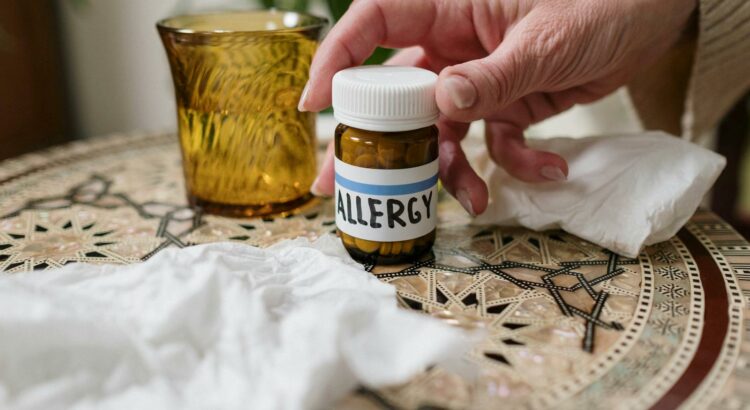Ah, springtime. The season of blooming flowers, fresh greenery, and… sneezing and itching for allergy sufferers. If you’re one of the many people who dread the arrival of mold and pollen season, fear not! We’ve got you covered with some helpful tips to make it through this challenging time with ease. From keeping your home allergen-free to finding the right medication, we’ve got all the advice you need to conquer your mold and pollen allergies. So grab a tissue and settle in, because relief is on the way!
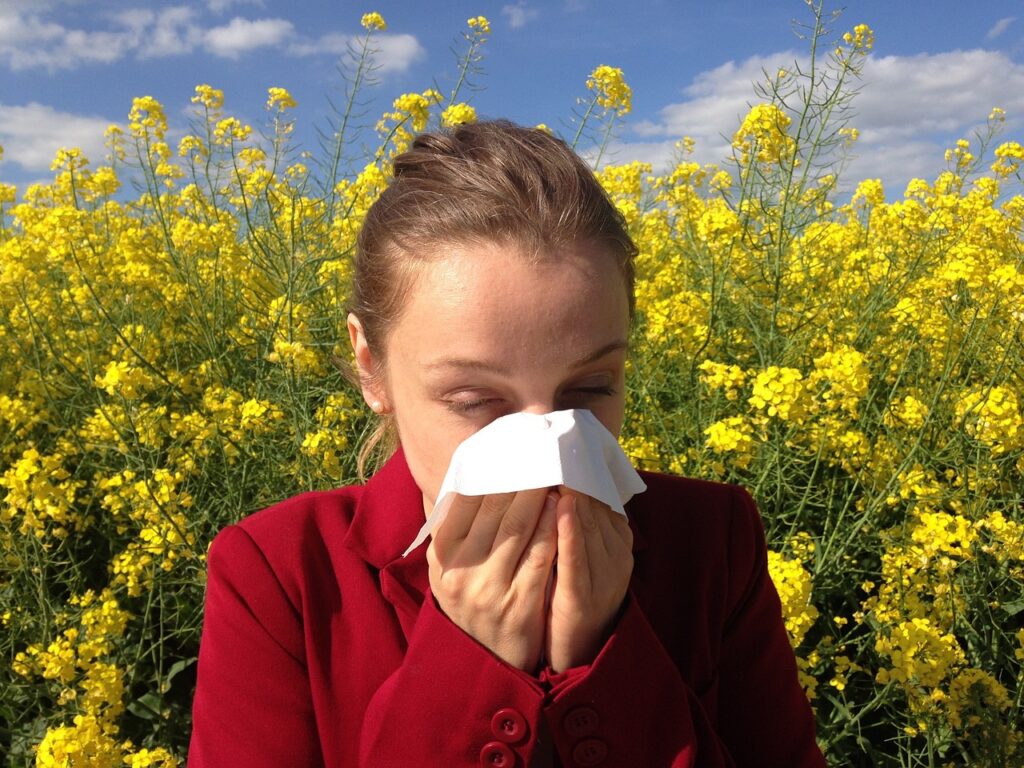
Table of Contents
- Embrace the Allergy-Proof Home Makeover
- Outwit Pollen with Your Very Own Weather Station
- Breathe Easy with HEPA, Your Airborne Ally
- Win the Battle Against Moisture, Mold’s Secret Weapon
- Your Laundry Routine: The Frontline in Allergy Defense
- Declare War on Dust Mites in the Bedroom
- Let’s Get Physical: Exercise Your Way to Fewer Symptoms
- Mastering the Art of Allergy-Friendly Gardening
- The Great Escape: Planning a Low-Allergen Vacation
- Questions & Answers For Tips for Mold and Pollen Allergy Sufferers
- Closing Remarks
Embrace the Allergy-Proof Home Makeover
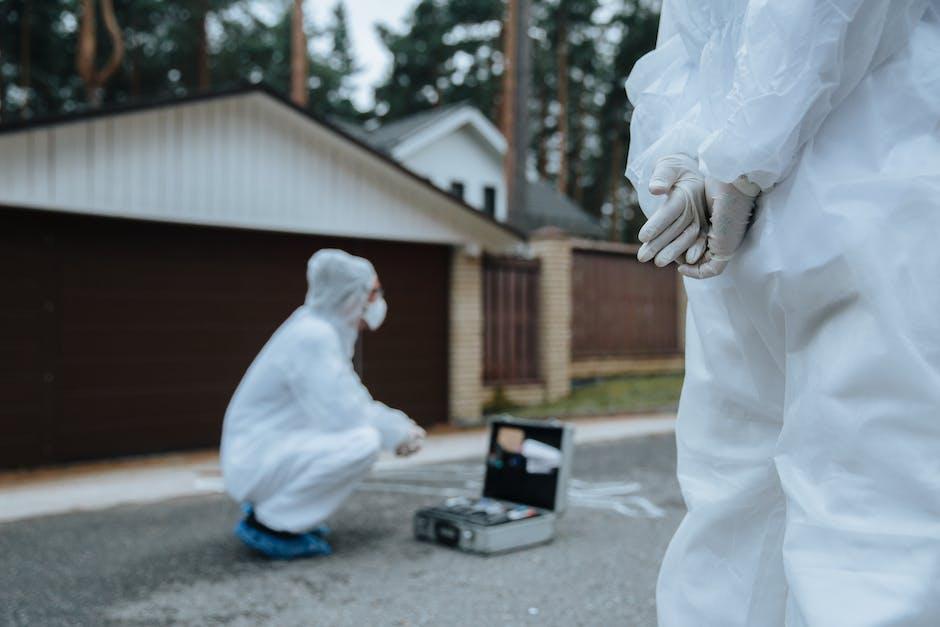
Allergy-proofing your home is essential for anyone suffering from mold allergies or pollen allergies. By taking the time to make a few simple changes, you can create a healthier, more comfortable living space that will help to minimize your exposure to allergy triggers.
Here are a few tips to help you get started on your allergy-proof home makeover:
- Keep your home clean and clutter-free to reduce the number of places where mold and pollen can accumulate.
- Use a dehumidifier to keep the humidity in your home below 50%, which can help to prevent mold growth.
- Clean and replace your HVAC filters regularly to reduce airborne pollen and mold spores.
- Consider using hypoallergenic bedding and pillow covers to create a barrier against allergens while you sleep.
- Invest in a high-quality air purifier to help remove mold spores and pollen from the air in your home.
In addition to these tips, it’s also important to pay attention to the specific needs of your home and make any necessary adjustments to minimize allergen exposure.
For example, if you live in a humid climate, you may need to take extra steps to control moisture in your home. By being proactive and taking steps to allergy-proof your home, you can create a more comfortable and healthy environment for yourself and your family.
Don’t let mold and pollen allergies take over your life – take control of your home environment with these simple tips.
Outwit Pollen with Your Very Own Weather Station
Do you suffer from mold allergies or pollen allergies? If so, you know how challenging it can be to stay ahead of your symptoms. Thankfully, with your very own weather station, you can outsmart pollen and mold by staying on top of the conditions that trigger your allergies. Here are some tips to help you make the most of your weather station and keep those pesky allergens at bay:
- Monitor pollen levels: Use your weather station to keep track of daily pollen counts in your area. When levels are high, take extra precautions to minimize your exposure.
- Track humidity levels: Mold thrives in moist environments, so it’s important to monitor humidity levels in and around your home. Your weather station can help you stay on top of any changes in humidity that could lead to mold growth.
With these tips and your very own weather station, you’ll be better equipped to tackle your mold and pollen allergies head-on. By staying informed about the local conditions, you can take proactive steps to minimize your exposure and keep your symptoms under control.
Breathe Easy with HEPA, Your Airborne Ally
If you suffer from mold allergies, you know how difficult it can be to find relief, especially during allergy season. Here are some tips to help you breathe easier and keep those pesky allergens at bay:
1. Keep your home clean and dry: Regularly clean and dust your home to prevent mold and pollen from accumulating. Use a HEPA filter vacuum to ensure that allergens are properly trapped and removed.
2. Use HEPA air purifiers: Invest in a high-quality HEPA air purifier to filter out mold spores and pollen from the air in your home. Make sure to choose an air purifier with a high Clean Air Delivery Rate (CADR) for maximum effectiveness.
3. Monitor indoor humidity: Keep indoor humidity levels below 50% to prevent mold growth. Consider using a dehumidifier in damp areas such as basements or bathrooms to help control moisture levels.
| Recommendation: | Air purifier with a high CADR |
| Reason: | High CADR ensures efficient removal of allergens from the air |
By incorporating these tips into your daily routine, you can significantly reduce your exposure to mold and pollen, and enjoy a healthier, more comfortable living environment.
Win the Battle Against Moisture, Mold’s Secret Weapon
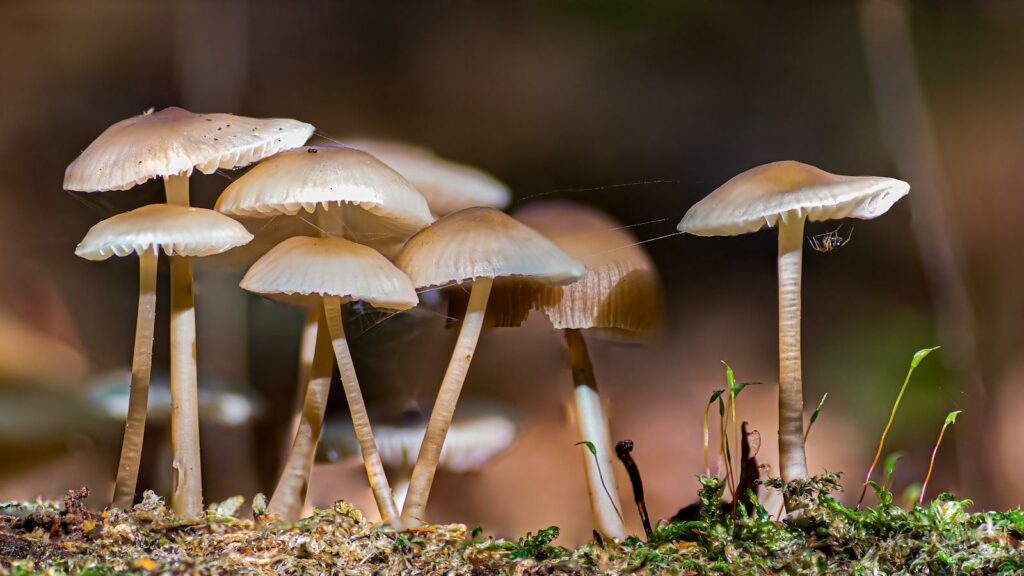
If you suffer from mold allergies or pollen allergies, you know that moisture is the secret weapon of mold. But don’t worry, we’ve got some tips to help you win the battle against moisture and keep mold at bay.
First, it’s important to keep your home as dry as possible to prevent mold growth. Here are some tips to help you do just that:
- Use a dehumidifier: Investing in a good quality dehumidifier can help remove excess moisture from the air, making it less hospitable for mold.
- Fix any leaks: Inspect your home for any leaks in the roof, pipes, or windows. Repair any leaks promptly to prevent moisture from seeping into your home.
- Ventilate the bathroom: After taking a shower, make sure to turn on the exhaust fan or open a window to allow the moisture to escape.
Another important step in preventing mold growth is to regularly clean and maintain your home:
- Clean and dust regularly: Dusting and cleaning surfaces where mold spores can collect can help minimize the chance of mold growth.
- Use mold-resistant products: Consider using mold-resistant paint and cleaning products to create an inhospitable environment for mold.
- Change air filters: Regularly change the filters in your HVAC system to prevent mold and pollen from circulating throughout your home.
Your Laundry Routine: The Frontline in Allergy Defense
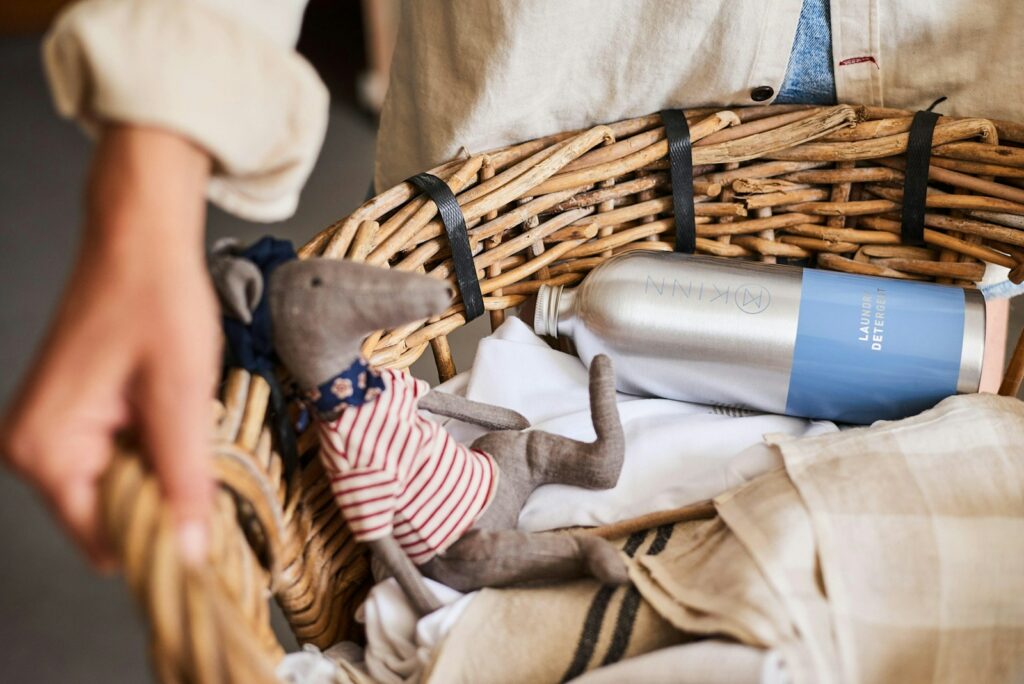
If you suffer from mold allergies or pollen allergies, your laundry routine plays a crucial role in keeping symptoms at bay. Follow these tips for a cleaner, allergy-friendly home:
- Wash Bedding Frequently: Sheets, pillowcases, and blankets can harbor pollen and mold, so wash them at least once a week in hot water to minimize allergen buildup.
- Use Hypoallergenic Detergent: Choose a detergent specifically designed for allergy sufferers to remove more allergens from your clothing and linens.
- Regularly Clean Your Washing Machine: Mold can build up in your washer, so run a cleaning cycle with hot water and bleach or a washer cleaner to prevent mold from transferring onto your clothes.
Another important step in your laundry routine is to make sure your clothes are thoroughly dry before bringing them inside. Pollen can cling to damp clothing, so use your dryer or a clothesline to avoid bringing allergens into your home.
| Product | Benefits |
|---|---|
| All Free Clear Laundry Detergent | Hypoallergenic formula ideal for mold and pollen allergy sufferers |
| Clorox Washing Machine Cleaner | Eliminates mold and mildew to keep your washing machine clean |
Declare War on Dust Mites in the Bedroom
If you suffer from mold allergies or pollen allergies, keeping your bedroom free of dust mites is essential for a good night’s sleep. Dust mites are a common trigger for allergy symptoms, so it’s important to take steps to minimize their presence in your sleeping space. Here are some tips for declaring war on dust mites in the bedroom:
To reduce the presence of dust mites in your bedroom, follow these cleaning tips:
- Wash bedding regularly: Wash your sheets, pillowcases, and blankets in hot water at least once a week to kill dust mites.
- Use allergen-proof covers: Invest in allergen-proof covers for your mattress, pillows, and box spring to prevent dust mites from accumulating.
- Vacuum and dust regularly: Use a vacuum with a high-efficiency particulate air (HEPA) filter to vacuum carpets, rugs, and upholstery. Dust surfaces frequently with a damp cloth to trap and remove dust mites.
- Reduce clutter: Keep clutter to a minimum in your bedroom to reduce the number of hiding spots for dust mites.
By following these simple but effective tips, you can create a bedroom environment that is inhospitable to dust mites, helping to alleviate your mold and pollen allergy symptoms.
Let’s Get Physical: Exercise Your Way to Fewer Symptoms

For those suffering from mold allergies, regular exercise can be a game-changer in managing symptoms. By getting physical, you can reduce the impact of mold and pollen allergies on your body and overall health. Here are some tips to help you exercise your way to fewer symptoms:
- Choose indoor activities: Opt for indoor exercises to avoid exposure to outdoor allergens.
- Use an air purifier: Invest in a high-quality air purifier to keep your indoor air clean and free of mold and pollen particles. This will create a safe environment for your workout routine.
- Practice breathing techniques: Incorporate deep-breathing exercises into your workout to improve lung function and alleviate allergy symptoms.
Regular exercise can also help boost your immune system and reduce inflammation, which is beneficial for those with mold and pollen allergies. By making physical activity a part of your daily routine, you can experience fewer symptoms and enjoy a better quality of life.
| Indoor Activities | High-quality air purifier | Breathing techniques |
Mastering the Art of Allergy-Friendly Gardening
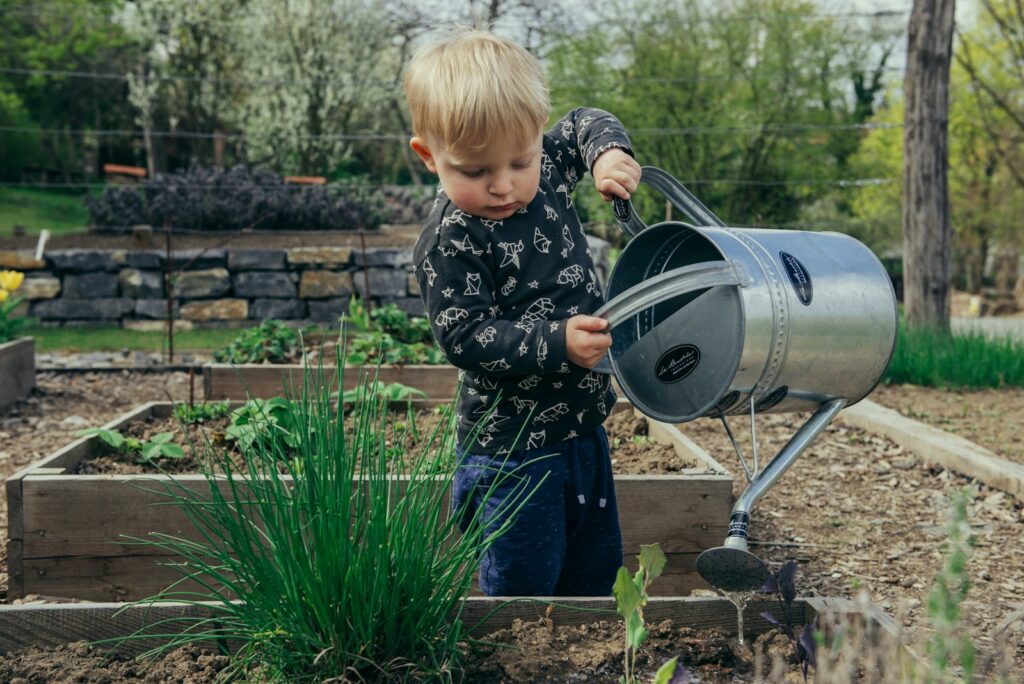
If you suffer from mold allergies, gardening can be a tricky endeavor. Mold is commonly found in gardens and can trigger allergies when disturbed. To mitigate the risk of mold exposure, here are some tips for allergy-friendly gardening:
- Avoid over-watering your plants, as excessive moisture can create a breeding ground for mold.
- Choose mold-resistant plants to minimize the risk of mold growth in your garden.
- Regularly clean up fallen leaves and other plant debris, as these can harbor mold spores.
When it comes to pollen allergies, it’s important to take steps to minimize pollen exposure in your garden. Here are some pollen cleaning tips for allergy-friendly gardening:
- Opt for flowering plants that produce minimal pollen, such as begonias and impatiens.
- Consider using a HEPA-filtered air purifier in your gardening area to reduce airborne pollen particles.
- Wear a pollen mask when gardening, especially on windy days when pollen is more likely to be dispersed.
By following these tips, you can enjoy gardening while minimizing the risk of mold and pollen allergies. Remember, with a few adjustments, allergy-friendly gardening is within reach for everyone.
The Great Escape: Planning a Low-Allergen Vacation

For those suffering from mold allergies, planning a low-allergen vacation can be a daunting task.
From choosing the right destination to finding accommodations that are mold-free, the process can seem overwhelming.
However, with the right tips and tricks, it is possible to plan a vacation that minimizes exposure to mold and pollen, allowing you to relax and enjoy your time away.
First and foremost, when planning a low-allergen vacation, it’s important to choose a destination that has a low pollen count.
Researching the pollen levels in different areas can help you select a location that won’t trigger your allergies.
Once you’ve chosen a destination, look for accommodations that have taken steps to minimize mold, such as using hypoallergenic bedding, implementing regular mold cleaning routines, and maintaining good ventilation in the rooms.
Additionally, packing your own hypoallergenic pillow and mattress covers can further reduce your exposure to mold while traveling.
Questions & Answers For Tips for Mold and Pollen Allergy Sufferers
How can I reduce mold and pollen exposure in my home?
Make sure to keep your home clean and dry, use a dehumidifier, and regularly clean air filters to reduce mold and pollen exposure.
What are some natural remedies for managing mold and pollen allergies?
Consider using a saline nasal rinse, steam inhalation, or essential oils such as eucalyptus and peppermint to help alleviate allergy symptoms.
Are there certain foods that can worsen mold and pollen allergies?
Foods like aged cheeses, cured meats, and fermented products can worsen mold allergies, while certain fruits and vegetables can worsen pollen allergies due to cross-reactivity.
How can I protect myself from mold and pollen when spending time outdoors?
Try to stay indoors during peak pollen times, wear a mask when doing outdoor activities such as gardening, and shower and change clothes after spending time outside to remove pollen and mold spores.
What are some over-the-counter medications that can help with mold and pollen allergies?
Antihistamines, decongestants, and nasal sprays can be effective in managing mold and pollen allergy symptoms. Consult with a doctor or pharmacist to find the best option for you.
Can air purifiers help with mold and pollen allergies?
Yes, high-efficiency particulate air (HEPA) filters in air purifiers can effectively remove mold spores and pollen from the air, reducing allergy symptoms.
Is it possible to develop allergies to mold and pollen later in life?
Yes, it is possible to develop allergies at any age, although some people may have a genetic predisposition to allergies and be more likely to develop them over time.
What are some outdoor activities to avoid during high mold and pollen seasons?
Avoid activities such as raking leaves, mowing the lawn, and spending extended periods of time in damp or wooded areas, as these can increase exposure to mold and pollen.
Are there any specific home remedies for relieving itchy and watery eyes due to mold and pollen allergies?
Applying cold compresses, using over-the-counter eye drops, and avoiding rubbing or itching the eyes can help relieve itchy and watery eyes caused by mold and pollen allergies.
What should I do if my mold and pollen allergies are affecting my quality of life?
If your allergies are severely impacting your daily life, it’s important to seek help from an allergist who can provide personalized treatment options, such as allergy shots or prescription medications, to better manage your symptoms.
Closing Remarks for Mold Allergies and Pollen Cleaning Tips
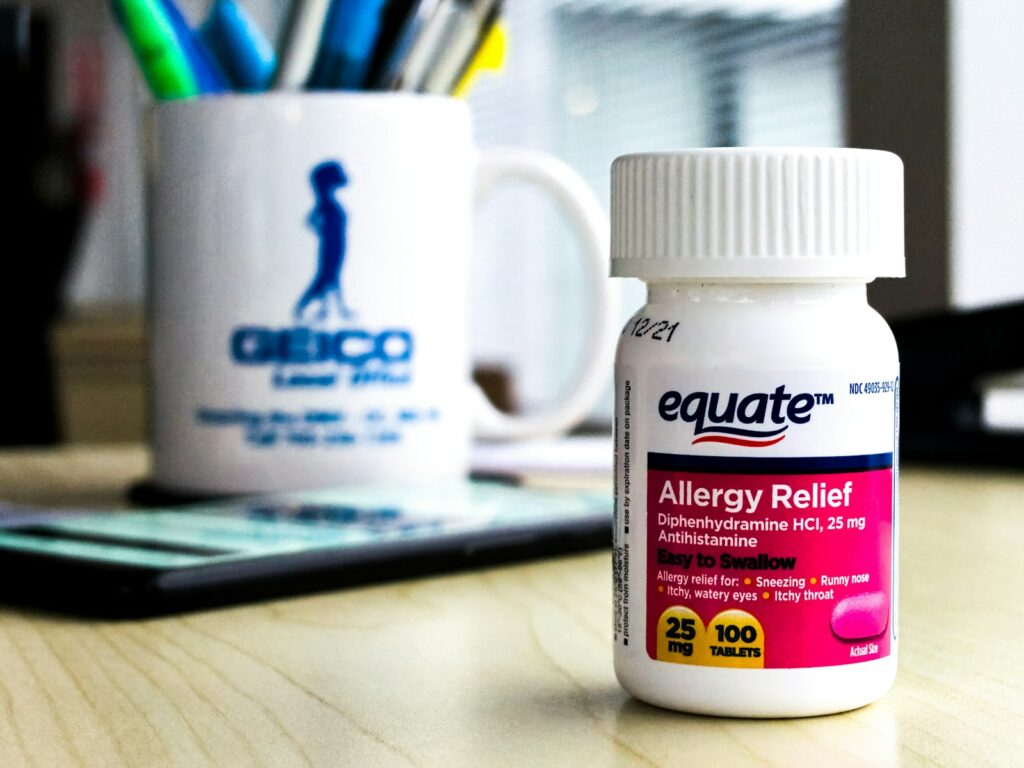
So there you have it, folks! We’ve covered some helpful tips for mold and pollen allergy sufferers to help make their lives a little easier. Remember, staying informed about the pollen and mold levels in your area, keeping your living space clean and mold-free, and seeking medical advice when necessary are all crucial steps in managing your allergies. With a little effort and awareness, you can still enjoy the great outdoors and live comfortably in your home. With these tips in mind, here’s to a sniffle-free and mold-free future! Stay healthy and happy, friends!
